Introduction
The Sony SEL1670Z has been introduced to the market for some time. It is one of the few Sony native APS-C standard zoom lenses.
The little Zeiss blue badge indicates that this lens is designed to give a high-quality optical performance with the Zeiss T* coating, one Advanced Aspherical element, and one Extra-low Dispersion element.

The Body and Design
The lens filter diameter is 55 mm.

It is smaller than the SELP18105 72mm (APS-C E-mount lens) and the SEL2470Z 67mm (full-frame E-mount lens, you may read the SEL2470Z review here) but larger than the standard compact kit lens SELP1650 40mm (you may read the SELP1650 review here).

The front narrower ring is the focus ring, and the wider ring is the zoom ring. The lens front element does not rotate during zoom in/out. It is great for using the polarizer. Instead of implementing the power zoom as the standard kit lens SELP1650, the Sony SEL1670Z is a manual zoom (not manual focus!) lens. I prefer a manual zoom lens to a power zoom lens as I rarely shoot video. Besides, a manual zoom lens saves some battery life from the already not-so-long battery life!

The Sony SEL1670Z is small, lightweight, and fits nicely on any of the E-mount APS-C cameras. It has a constant aperture of F 4 throughout the whole focal length, the minimum focus distance is 0.35 m, and the maximum magnification factor is 0.23x.
The OSS
It also has the built-in OSS (Optical Steady Shot), providing up to 4.5 stops slower shutter speed. I tested it at 70mm at 1/4 second (slightly more than 4 stops slower than the safe minimum shutter speed at 1/80 second).


The OSS is pretty effective and impressive, as shown in the 100% cropped test shots above. To date, none of the E-mount APS-C cameras comes with the 5-axis in-camera body image stabilizer as the one on the A7 second-generation brothers. The in-lens OSS compensates for the usage in the low-light situation with the E-mount APS-C camera like the a6300/a6000/etc.
The Ghosting and Flare
The Zeiss T* coating helped to eliminate the flare effect greatly. The flare effects were well-controlled in almost all the situations throughout my test shots.


Bokeh
The Sony SEL1670Z features a circular 7-blades aperture which contributes to the beautiful circular shape bokeh effect.




Surprisingly, as shown above, the bokeh is smooth and pretty from the widest end (16 mm) to the telephoto end (70 mm). The following shots also show that how smooth the bokeh can achieve.



Distortion
The distortion exists throughout the whole focal length. The SEL1670Z exhibited heavy barrel distortion at the widest end 16 mm.
There was minor pincushion distortion at the telephoto end 70 mm.
The distortion of the Sony SEL1670Z did not bother me much as it can be fixed easily in post-processing software like Lightroom, Capture One Pro, DxO Optics Pro, etc.


Vignetting
The vignetting is heavier at F4 than other apertures. Stopping down to a smaller aperture will eliminate the vignetting. Besides, vignetting at 16 mm and 70 mm are more severe than other focal lengths too.





Sharpness and CA
The following are 100% cropped test shots for CA and sharpness at 16 mm, 23 mm, 53 mm, and 70 mm’s center and corner. There is no adjustment/correction to any of the test shots below.
16 mm
Center



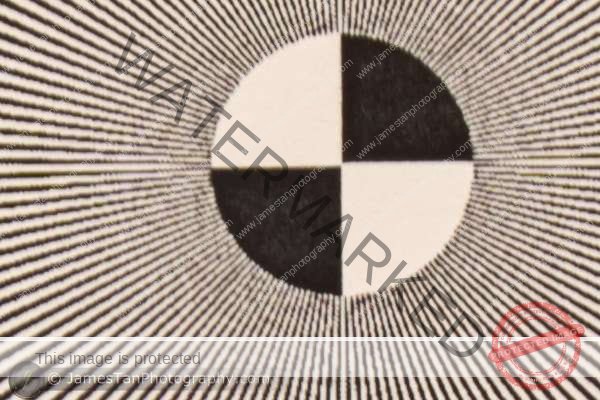


Corner
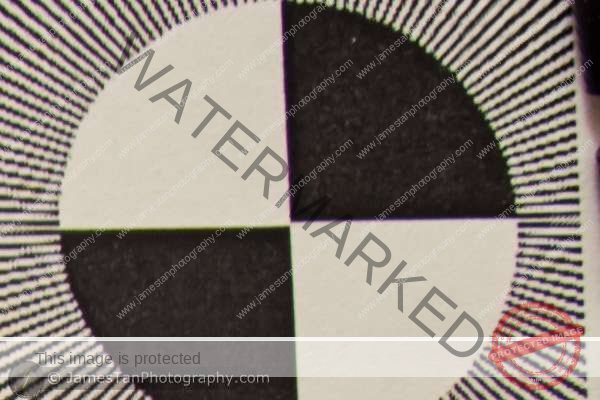





23 mm
Center




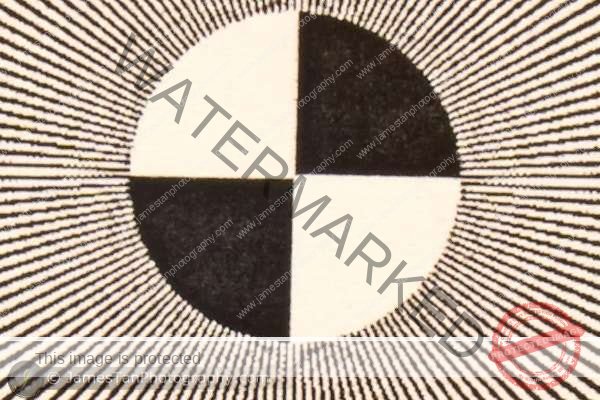

Corner






53 mm
Center






Corner

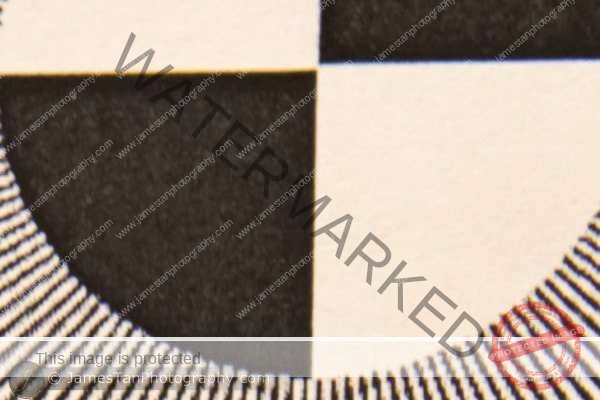

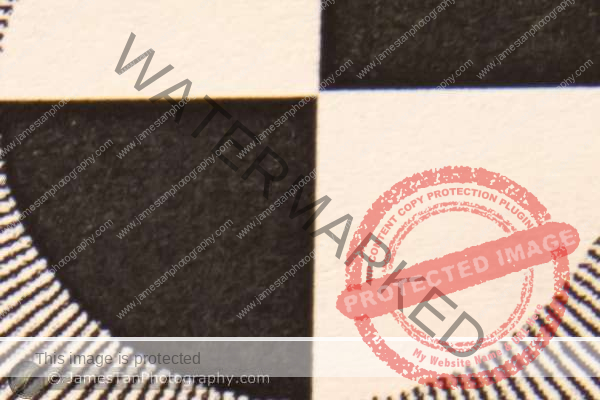


70mm
Center

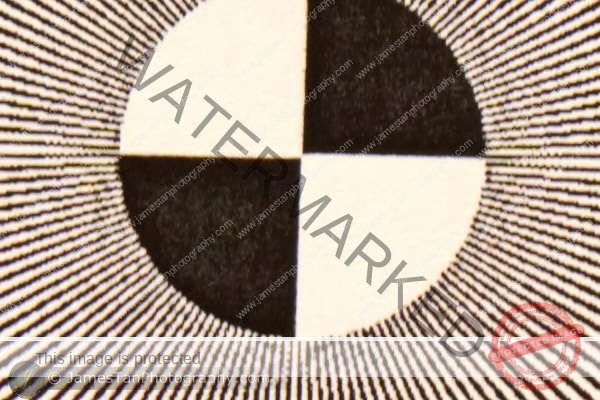

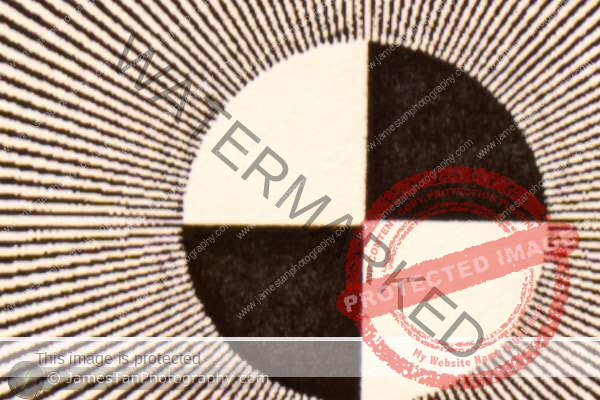


Corner
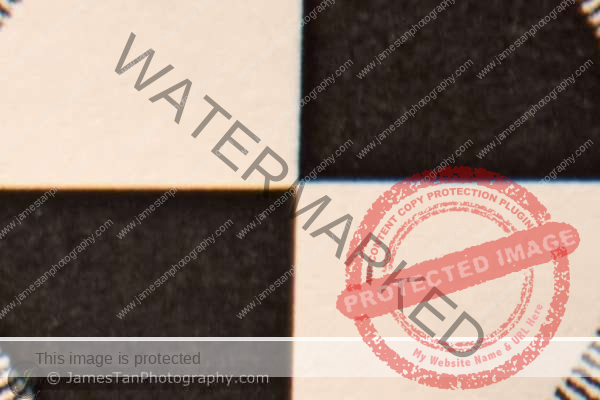





The Sony SEL1670Z exhibits purple and magenta fringing at its corners regardless of the focal length, but the CA is well-controlled in the center area.
Sharpness-wise, it is not a tad-sharp lens. At the widest end (16mm) and the longer end (50 mm to 70 mm), you have to stop down to F5.6 to get better center sharpness. At the wider end (23 mm from the test shots), the center sharpness was pretty good from the F4 to F8. It shows that the Sony SEL1670Z performs better at its wider end than the telephoto end. The corners are always softer than the center area, like many other lenses.
In real-life shooting, the SEL1670Z performs pretty well. With some sharpness adjustment to the RAW files, the final results are satisfying.




Shooting Experiences
In real-life shooting, the Sony SEL1670Z performs pretty well. With some sharpness adjustment to the RAW files, the final results are satisfying.
Besides the optical performance, the Sony SEL1670Z provides standard focal length coverage from 24mm – 105mm (converted into FF) with a constant aperture of F4 within a reasonably small size. The constant aperture F4 of Sony SEL1670Z outshines the standard kit lens Sony SELP1650 when shooting in the night. The experiences with constant aperture F4 and the in-lens OSS were great and enjoyable.






Bottom Lines
Is the Sony SEL1670Z a lens with perfect optic performance? Definitely no, it is not perfect. Is it a bad lens? Neither. With a little processing with raw processing software, the sharpness, CA, distortion, vignetting issues can be fixed easily and the final result can be pretty good.
Although it does not have corner-to-corner sharpness, it is still a good walk-around lens that satisfies our daily shooting. Overall, the Sony SEL1670Z gives a more fabulous shooting experience than the SELP1650 kit lens. The constant aperture and the slightly longer reach are handy for indoor shooting.
It comes to the end of the SEL1670Z review. I hope you enjoyed it and happy shooting!









Ray
22 Apr 2019I had one a year ago. I took it back because the zoom was so sticky. very hard to turn the ring. was very surprised as I have never felt this before. I have tried several different lenses and they don’t stick. I have tried several of the same lens and they all stick.
jamestan
24 Apr 2019Not sure is it for certain batch of lenses or is a common issue for this lens. I didn’t recall any stickiness of this lens during my review period this lens. Please feel free to share if your local distributor or Sony has get back to you on this issue.
Kim Soo Hyun
21 Apr 2016Hi , what is punchusion distortion?
James Tan
21 Apr 2016Sorry for the typo. It is Pincushion Distortion.